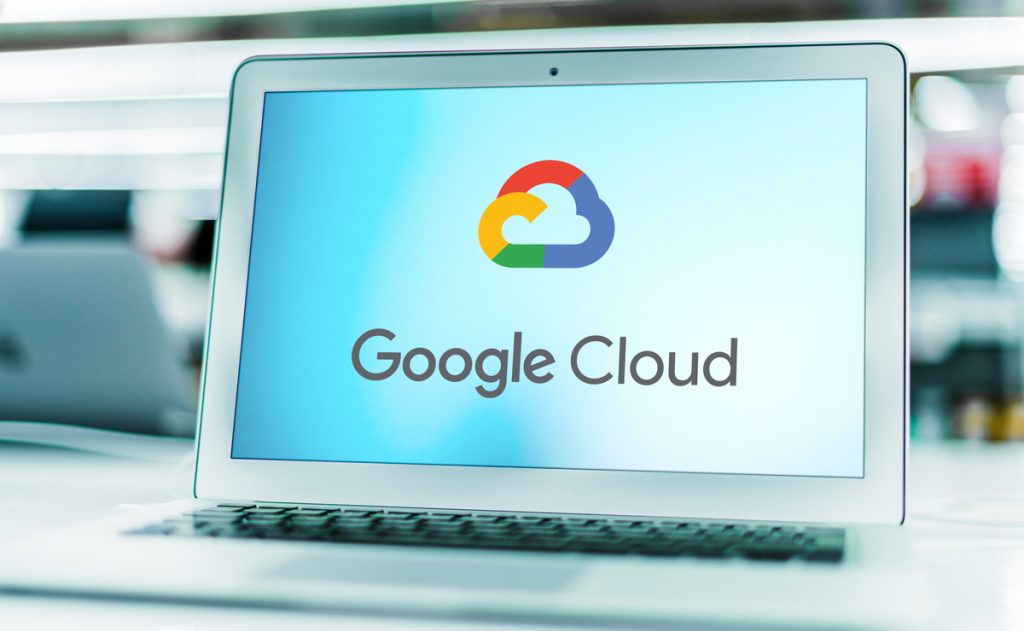Highlights
- The Crate.io is upgrading to cloud data storage, which was earlier a regular database system.
- The developers can also try out new software using the platform at no cost or time. They get access to new potential databases for the least price.
Crate.io announced that it would be extending its database service to Google Cloud, the last of the big three (including AWS and Microsoft Azure) to welcome a service that Crate declares as an “operational and reporting data store”. With this, users can now fire up CrateDB instances in any of these big three or in their servers in their data centers.
The announcement highlights how the cloud is becoming delivery and sales channels for big software companies. While users could have downloaded the software on their own, Crate’s move smooths out all the possible blockers.
This is just an initial step for the company. CrateDB is already available in different marketplaces for clouds like AWS, and Crate wants to open the pathway soon.
The cloud remains the most straightforward way for developers to try any new software. They can fire UPCan instance and begin a trial in minutes. The testing may only cost just a few cents per hour. With CradeDB, a developer can investigate a new potential database in less than the cost of a cup of coffee.
The company’s database is designed to ingest massive volumes of data, often from the relentless streams from applications like sensors on the IoT or from industrial venues. The company started in 2013 and built CrateDB around the Lucene text search engine. Crate added an extra layer that copies the PostgreSQL version of SQL, making it attractive to database administrators like Syntax.
Experts’ view
“I have to admit that they were — I wouldn’t say smitten — but our technology is open source and Google’s technologies are also open sources and so they worked together seamlessly,” said Eva Schönleitner, the CEO of Crate.io. “There was a strong fit with each other’s code, so we didn’t have to change anything.”
“The question is: How does someone buy a database?” asked Schönleitner. “What you do is try it first and then you see whether you like it. That is actually what my experience is, especially for open-source products.”
“We bring that [data] in and it gets analyzed, all in real-time or near real-time extremely fast,” said Schönleitner. “It’s highly performant, seven by 24. That’s what our database is really good for.”
“The product itself is the same product, and that is one of our core philosophies,” said Schönleitner. “Our principles are to always have the full product and not some snippet or a half-baked one.”














